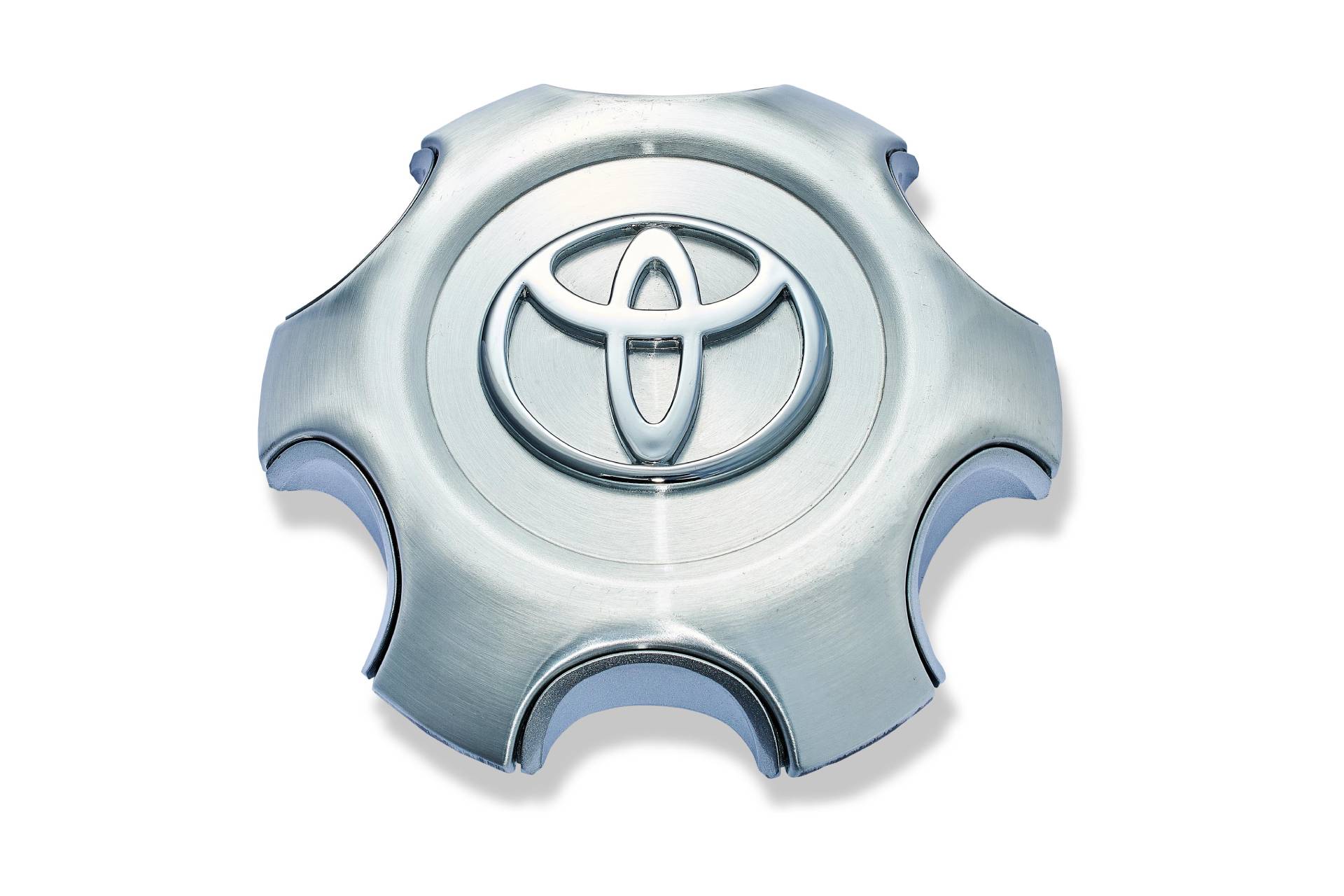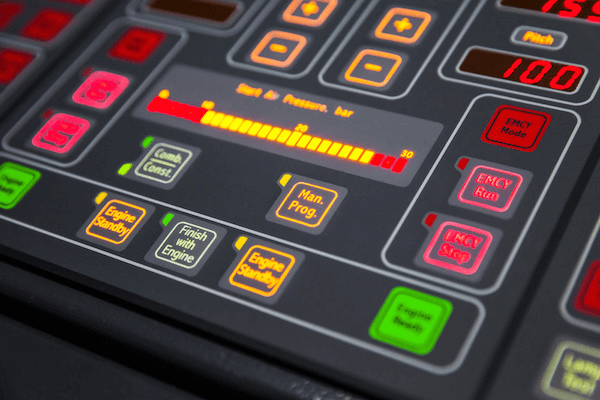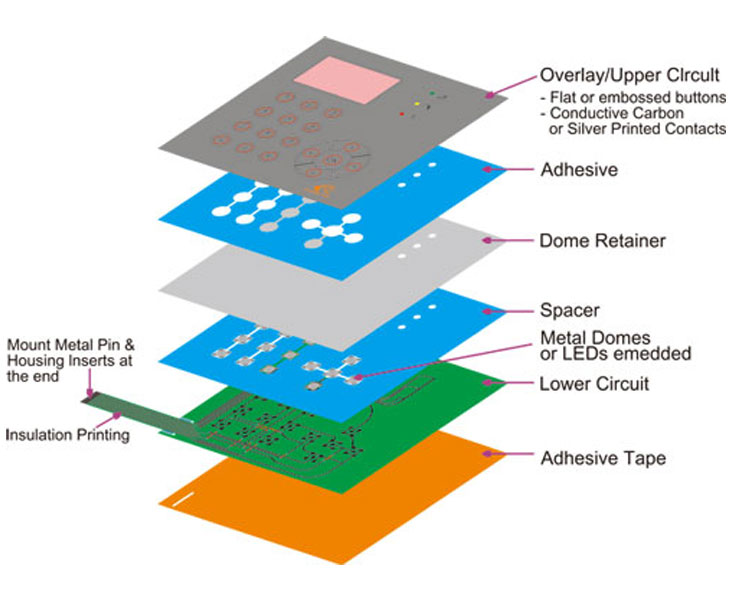Reliable Products from a Membrane Switch Manufacturer You Can Trust
How Membrane Switch Innovation Functions and Its Duty in Interface Design
Membrane switch modern technology is a sophisticated method that incorporates split products for touch-sensitive input. When pushed, its layout consists of visuals overlays, conductive layers, and glue elements that connect. This communication not only completes an electric circuit however also influences the total individual experience. Understanding the ins and outs of this technology reveals its considerable effect on individual interface layout, provoking questions concerning its applications and future growths in various markets.
Comprehending Membrane Switch Technology
Membrane button technology functions as an essential part in modern interface design. This modern technology combines visuals overlays, touch-sensitive membrane layers, and circuit layers to develop a compact, dependable input method for different devices. The design typically is composed of several layers, including a published visuals layer that enables customers to engage with the tool through responsive responses. Membrane switches are understood for their resilience, resistance to moisture, and convenience of cleansing, making them ideal for environments where conventional mechanical switches may stop working. Their inconspicuous style allows smooth integration right into devices, adding to a smooth look. Furthermore, Membrane switches can be tailored with numerous shades, textures, and signs, boosting user experience and aesthetic allure. This flexibility makes them popular in consumer electronic devices, medical tools, and commercial controls, where user-friendly communication is vital. In general, Membrane button technology represents a considerable advancement in just how individuals engage with digital user interfaces.
Key Parts of Membrane Switches
Membrane switches over contain a number of vital parts that add to their functionality and design. The conductive layer products, glue and support layers, and graphic overlay design each play a vital function in ensuring suitable efficiency and user communication. Recognizing these components is essential for reliable interface layout.
Conductive Layer Products
Conductive layer materials play a crucial function in the performance and integrity of Membrane buttons. These products are accountable for completing electrical circuits when pressure is applied to the button. Generally, a mix of conductive inks, such as silver or carbon, is made use of to produce these layers. Silver conductive ink is favored for its premium conductivity and resilience, while carbon ink is frequently made use of for economical applications. The choice of product influences not just the electrical performance yet also the total lifespan of the switch. Additionally, the density and make-up of conductive layers can influence tactile comments and switch actuation. Picking the appropriate conductive product is important for guaranteeing optimal efficiency in diverse interface applications.
Sticky and Support Layers
Glue and support layers are essential parts that add to the architectural stability and capability of Membrane buttons. These layers provide a robust foundation, guaranteeing that the various elements of the Membrane button remain firmly bound and effectively aligned throughout their operational life. The sticky layer promotes the add-on of the button to the underlying surface, supplying resilience against ecological elements such as moisture, temperature variants, and mechanical stress. On the other hand, assistance layers boost the button's rigidness, protecting against contortion during usage and contributing to a regular responsive action. With each other, these elements play a vital role in preserving the efficiency and durability of Membrane buttons, inevitably affecting the total user experience in user interface style.
Graphic Overlay Style
Typically forgotten, graphic overlay design plays an essential role in the functionality and aesthetics of Membrane buttons. This style mainly functions as the interface in between the individual and the electronic devices, giving both aesthetic charm and operational clarity. Effective visuals overlays make use of color, typography, and symbols to assist individuals in recognizing and steering controls tool features. The option of materials influences resilience and tactile feedback, making sure the overlay stands up to wear while keeping a pleasurable user experience. Furthermore, precise placement of the overlay with the underlying elements is important for perfect efficiency. Finally, thoughtful visuals overlay layout boosts functionality, adds to brand identity, and inevitably affects individual contentment in tools using Membrane switch technology.
The Manufacturing Process of Membrane Switches
The production process of Membrane switches involves numerous essential actions that assure performance and sturdiness. At first, a visuals overlay is made, integrating customer interface components and branding. This overlay is published onto a versatile substratum, typically polyester or polycarbonate, utilizing precision printing strategies to establish quality and shade accuracy.Next, adhesive layers are used, followed by the integration of conductive traces, usually made from silver or carbon, which are crucial for electrical connectivity. These traces are etched or screen-printed onto a separate layer. Hereafter, a spacer layer is included to develop the essential gap between the circuit and the overlay layer, enabling responsive comments when activated.Finally, the components are assembled and evaluated for quality control, ensuring that each Membrane switch fulfills the called for specifications for efficiency and dependability. This meticulous process causes a robust product matched for numerous applications in interface layout.
Advantages of Using Membrane Switches

Membrane switches offer numerous benefits that make them a preferred option in customer interface layout. One considerable advantage is their light-weight and small nature, permitting streamlined designs in various applications. Additionally, Membrane buttons provide a secured interface, securing versus dust, dampness, and contaminants, which enhances toughness and integrity. They are also extremely customizable, allowing designers to create distinct graphics and layouts customized to details user needs.Another advantage is their cost-effectiveness, as they usually need much less product and labor compared to traditional switches. The responsive responses of Membrane switches can be crafted to enhance customer experience, offering a rewarding reaction without the bulk of mechanical parts. Furthermore, Membrane switches can be quickly integrated right into diverse atmospheres, such as medical gadgets, industrial equipment, and customer electronic devices. Overall, these click for more benefits underscore the growing popularity of Membrane switches in modern-day interface layout.
Applications in Numerous Industries
Widely utilized across different markets, Membrane switch innovation has actually found its location in applications ranging from clinical devices to customer electronic devices. In the medical care industry, these buttons are indispensable to tools such as analysis tools and client tracking systems, using long lasting, easy-to-clean user interfaces that stand up to sterilization processes. The auto sector utilizes Membrane switches in control panels and control panels, providing trusted operation in difficult environments.Consumer electronics, consisting of home appliances and gaming consoles, take advantage of the streamlined layout and customizability of Membrane switches, enhancing user interaction. In addition, commercial equipment utilizes these buttons for control panels, making sure resistance to dust and moisture while keeping functionality.Moreover, the aerospace and army fields use Membrane buttons for rugged applications, where dependability and performance are important. Overall, Membrane switch technology offers varied markets by combining performance, durability, and aesthetic charm, making it a flexible choice for modern interface.

Creating Interface With Membrane Changes
When designing interface with Membrane switches, cautious factor to consider of both performance and visual appeal is vital. Membrane changes use a sleek, low-profile design that can enhance aesthetic appeal while maintaining functionality. Developers need to concentrate on button format, guaranteeing instinctive placement for convenience of procedure. The responsive responses given by the Membrane switch is important; it can impact customer satisfaction and general experience.Additionally, color and graphic components should straighten with the brand name identity, reinforcing acknowledgment and familiarity. Selecting sturdy materials that hold up against damage is likewise important, as durability adds to usability over time. Incorporating backlighting can enhance exposure in various lighting conditions, better improving user communication. Inevitably, a properly designed Membrane button interface balances both type and feature, making sure that the user experience is both appealing and effective, fulfilling the demands of varied applications throughout industries.
Future Trends in Membrane Switch Modern Technology
As Membrane switch technology develops, the assimilation of clever performances is coming to be significantly famous. These advancements make it possible for enhanced interactivity and connection within interface (membrane switch manufacturer). Furthermore, the change towards green materials shows an expanding commitment to sustainability in layout methods
Smart Membrane Changes

Eco-Friendly Products Use
Among the innovations in Membrane switch modern technology, a significant pattern is emerging towards the usage of environmentally friendly products. Suppliers are progressively focusing on sustainability by including biodegradable plastics and non-toxic inks, reducing environmental effect. This shift not just lines up with international environmental standards yet additionally addresses customer need for greener items. Developments in material science have enabled the growth of sturdy, environment-friendly choices that keep performance without jeopardizing quality. These materials use comparable functionality to traditional alternatives while decreasing waste and poisoning. As sectors come to be extra eco-conscious, the integration of lasting techniques in Membrane button production is expected to rise, reinforcing a commitment to environmental duty and leading the way for more lasting interface services in the future.
Frequently Asked Questions
How Do Membrane Changes Differ From Standard Mechanical Buttons?
Membrane changes vary from traditional mechanical buttons mostly in construction and procedure. They make use of versatile layers that create a sealed user interface, whereas mechanical buttons depend on physical motion and contact, leading to unique toughness and tactile feedback qualities.
Can Membrane Switches Be Custom-made for Details Applications?
Membrane switches can indeed be tailored for specific applications - membrane switch manufacturer. Manufacturers design them to satisfy special needs, permitting tailored layouts, graphics, and functionalities that enhance user communication and fit particular functional requirements successfully
What Is the Life expectancy of a Membrane Layer Switch?
The lifespan of a membrane switch generally ranges from 1 to 5 million actuations, depending upon variables such as worldly quality, environmental conditions, and use frequency. Regular testing can aid determine its longevity and reliability in applications.
Are Membrane Changes Waterproof or Resistant to Chemicals?
Membrane switches can be made to be resistant and water resistant to chemicals, depending upon the products utilized and manufacturing procedures. Proper sealing and protective layers improve their toughness in numerous environmental problems and applications.
Just How Do Membrane Changes Effect Gadget Power Intake?
Membrane switches can greatly impact device power usage by ensuring reliable procedure. Their reduced power needs throughout activation aid minimize power use, adding to longer battery life and overall better performance in digital gadgets. Membrane switches are recognized for their sturdiness, resistance to moisture, and simplicity of cleaning, making them appropriate for environments where traditional mechanical switches may fail. The auto sector utilizes Membrane buttons in control panels and control panels, supplying trustworthy procedure in tough environments.Consumer find this electronic devices, consisting of home devices and gaming consoles, advantage from the sleek design and customizability of Membrane switches, enhancing user communication. Additionally, commercial equipment uses these buttons for my company control panels, making certain resistance to dirt and moisture while keeping functionality.Moreover, the aerospace and military sectors make use of Membrane buttons for tough applications, where integrity and performance are vital. The development of Membrane switch innovation is going into an amazing phase with the introduction of wise Membrane buttons, which integrate innovative functions and functionalities. Membrane switches differ from conventional mechanical buttons primarily in construction and operation.